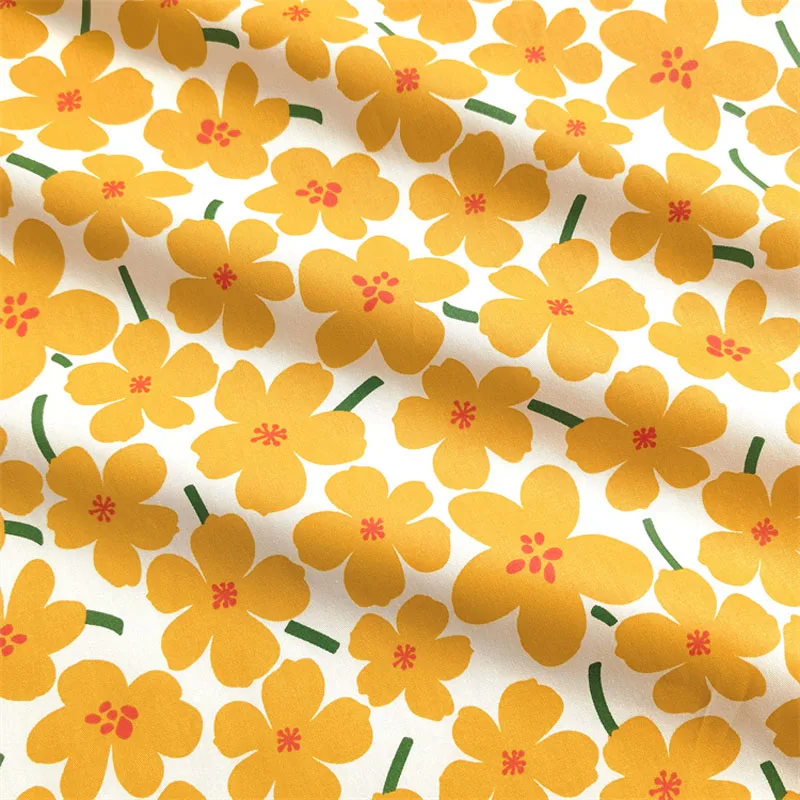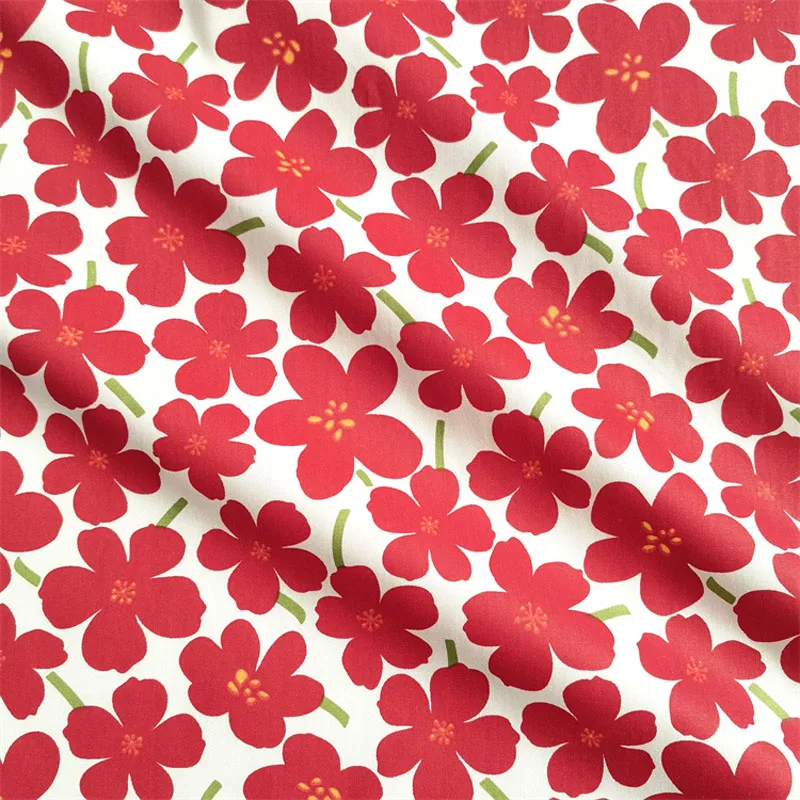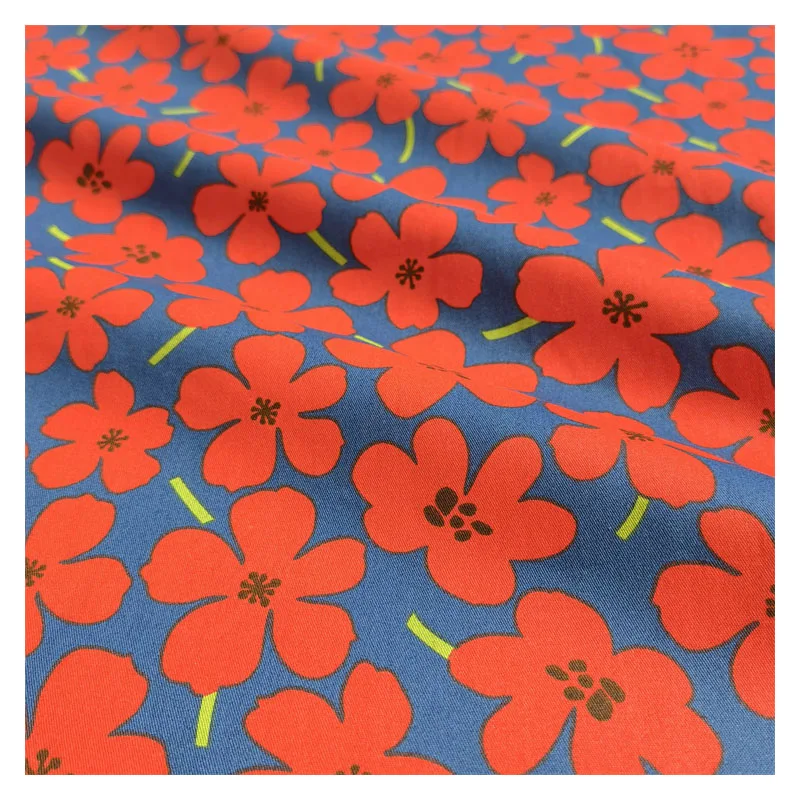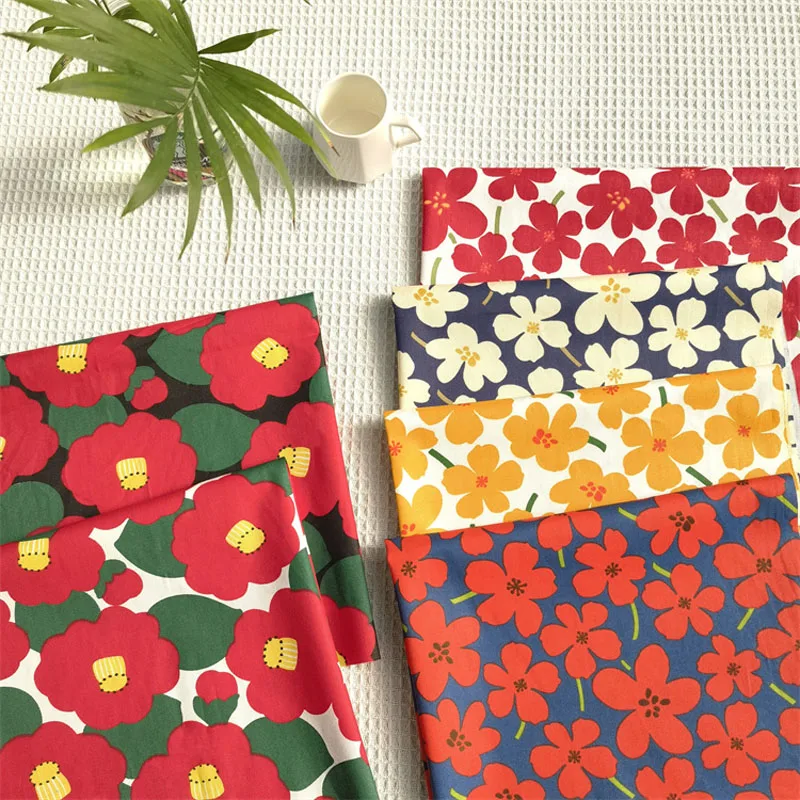In the realm of fashion and comfort, hosiery plays a critical role, and the material it is made from can make all the difference. Cotton, a beloved fabric known for its natural comfort and breathability, is a popular choice. However, not all cotton create equal. This article dives into the nuances of choosing the best cotton fabric for hosiery that is both comfortable and durable.
Understanding Cotton: Its Types and Characteristics
Cotton is a versatile, natural fiber that comes in several types, each with unique characteristics. The primary types include Upland cotton, Pima cotton, and Egyptian cotton. Upland cotton is the most common type and is known for its short fibers, which are less smooth than other types. Pima cotton, on the other hand, has longer fibers, resulting in a softer and stronger fabric. Egyptian cotton, often regarded as the pinnacle of quality, also features long fibers but is grown in specific climatic conditions that enhance its luxurious feel and durability.
Understanding these differences is crucial when selecting cotton for hosiery. Hosiery, being directly in contact with the skin, requires a balance between softness, durability, and breathability. Pima and Egyptian cotton, given their superior qualities, tend to provide an ideal balance. They offer enhanced comfort due to their smooth texture and are more durable because of their longer fibers.

Breathability and Moisture Management
One of the primary reasons cotton favor for hosiery is its breathability. Cotton fibers allow air to circulate, which helps in maintaining a comfortable temperature for the skin. This is especially important for hosiery, as feet can often become hotspots for bacteria and fungi due to sweat accumulation. Good breathability helps prevent such issues by keeping the skin dry and adequately ventilated.
Moreover, cotton excels in moisture management. It has the natural ability to absorb moisture, which is essential in hosiery. When feet sweat, cotton hosiery can absorb the moisture and wick it away from the skin, reducing the risk of fungal infections and bad odor. However, it’s vital to note that while cotton absorbs moisture, it doesn’t dry as quickly as synthetic materials. Therefore, when choosing cotton hosiery, it’s beneficial to look for specific cotton blends that enhance drying capabilities without compromising the natural comfort and breathability of cotton.
The Role of Weave and Knit in Cotton Hosiery
The manner in which cotton fibers are woven or knitted plays a significant role in the comfort and durability of hosiery. Weaving and knitting techniques affect the elasticity, density, and overall texture of the hosiery. For instance, fine gauge knitting results in a smoother, finer fabric that is ideal for everyday wear, providing a sleek fit that feels luxurious against the skin.
However, hosiery designed for athletic use might require a different approach. Here, a tighter weave or knit can offer the required support and durability. Additionally, certain knit patterns can enhance breathability and moisture management. Ribbed or mesh patterns, for example, all optimize these factors.
When selecting cotton hosiery, pay attention to the knit or weave pattern. This often-overlooked detail can significantly affect how the hosiery performs in different conditions and how long it lasts. A well-designed knit pattern with high-quality cotton can deliver the perfect combination of comfort, durability, and performance.
Evaluating Cotton Blends for Enhanced Performance
While pure cotton hosiery provides excellent comfort and breathability, blending cotton with other fibers can significantly enhance performance characteristics. Blends often incorporate fibers such as spandex, polyester, or nylon, each contributing its own benefits. Spandex, for instance, adds elasticity and helps the hosiery retain its shape, offering a snug fit without sagging or stretching over time.
Polyester and nylon, synthetic fibers known for their durability and quick-drying properties, can complement cotton’s moisture-wicking abilities while also improving the longevity of the hosiery. Blends with these fibers can address cotton’s primary drawback – its slower drying time – ensuring that the hosiery remains comfortable and dry throughout the day, even during intense physical activities.
Thus, when choosing cotton hosiery, it is worth considering options that include these functional blends. Look for socks that specify the percentage composition of each fiber, as this can give you a clue about the intended performance and qualities of the hosiery.

Eco-Friendly Choices: Organic and Sustainable Cotton
Sustainability is becoming a crucial factor in many buying decisions, and hosiery is no exception. Organic cotton, grown without the use of synthetic pesticides and fertilizers, represents a more environmentally friendly choice. Besides, organic cotton farming practices often prioritize soil health and biodiversity, contributing to more sustainable agriculture.
Choosing organic cotton hosiery not only reduces your environmental footprint but can also offer additional benefits. Many consumers find that organic cotton feels softer and is less likely to irritate sensitive skin since it’s free from harsh chemicals. Brands that commit to sustainable practices often ensure fair labor conditions and better working environments, adding a social responsibility aspect to your purchase.
When looking for the best cotton fabric for hosiery, opting for organic or sustainably farmed cotton ensures that you’re making a choice that’s good for both your feet and the planet. Check for certifications like GOTS (Global Organic Textile Standard) which can help confirm the authenticity of organic products.
Durability: Key Factors and Maintenance Tips
While comfort is paramount, durability cannot be overlooked when choosing hosiery. High-quality cotton, like Pima or Egyptian, is naturally more durable due to its longer fibers. Still, other factors like the thickness of the hosiery, the knitting quality, and the presence of reinforcement in high-wear areas (like the toes and heels) also play significant roles in enhancing durability.
Proper care and maintenance are crucial for extending the life of your cotton hosiery. Washing hosiery in cold water with a gentle detergent, avoiding bleach, and opting for a low-heat or air-dry method can help maintain the fabric’s integrity. Additionally, turning hosiery inside out before washing can prevent pilling and preserve the surface quality.
Adopting a regular maintenance routine will ensure that your cotton hosiery remains in good condition, providing the comfort and durability you need day in and day out. Paying attention to washing instructions provided by manufacturers can also yield the best results, preserving the life and quality of the hosiery.
Comfort Features: Seamless Construction and Padding
When it comes to hosiery, comfort is enhanced by features that reduce potential irritation. Seamless construction, where the front seam is either eliminated or minimized, is a crucial comfort factor. Seams, especially around the toes, can cause discomfort and even blisters if they are bulky or improperly placed. Choosing hosiery with seamless toes can make a substantial difference in comfort.
Additionally, some cotton hosiery comes with extra padding in the footbed, heels, and toes, areas that endure the most pressure and impact. This padding can enhance comfort, especially for individuals who spend a lot of time on their feet or are prone to foot pain. Such features are particularly beneficial for athletic purposes where added support and shock absorption are essential.
When selecting the best cotton hosiery, look for these comfort-enhancing features. They not only contribute to a better wearing experience but also promote better foot health by minimizing stress and preventing irritation.

Size and Fit: Getting the Right Measurements
The best cotton hosiery won’t live up to its potential unless it’s the right size and fit for the wearer. Ill-fitting hosiery can cause discomfort, slippage, or even impede circulation. Therefore, accurate measurement is critical. Most cotton hosiery comes with sizing charts that correlate shoe sizes to sock sizes, making it easier to find the perfect fit.
Consider the intended use when selecting the fit. For instance, compression socks, which are often made from a cotton blend, should fit snugly to provide the necessary support and improve circulation. On the other hand, casual wear socks may have more flexibility in fit but should still be secure enough to avoid bunching or slipping.
Ensuring the right size and fit can prevent issues related to discomfort and durability since ill-fitting socks are prone to wear and tear. Always refer to the manufacturer’s sizing information and, when possible, read customer reviews to gauge how the hosiery fits in real-world use.
Conclusion: Making an Informed Choice
In conclusion, choosing the best cotton fabric for comfortable and durable hosiery involves considering several key factors, from the type of cotton and its breathability to the weave patterns and fiber blends. Understanding the benefits of organic cotton, the importance of proper fit, and maintenance tips can further enhance your hosiery experience.
By paying attention to these details, you can select hosiery that not only meets your comfort needs but also lasts longer and supports sustainable practices. Whether for daily wear, athletic activities, or special occasions, the right cotton hosiery can make a significant difference in foot comfort and overall wearability.









